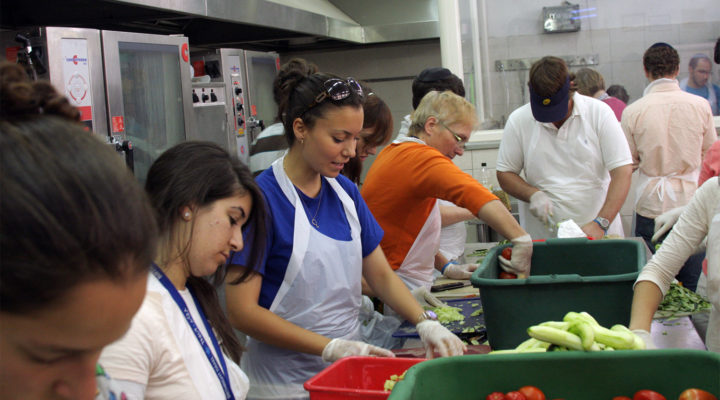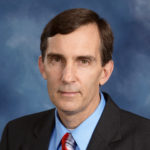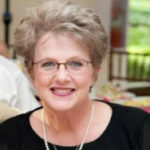First Baptist Church in Raleigh, N.C., enjoys plenty of blessings as a downtown church, says senior pastor Christopher Chapman.
The North Carolina city’s urban core is seeing a surge in residential developments that are luring a wave of Millennials. Nearby museums draw thousands of tourists every year and the state capitol and judicial bodies are a stone’s throw from the 204-year-old church. There are a lot of homeless and working poor passing by daily, Chapman says.
It is a missionally minded congregation’s dream.
“All these groupings of people are right here; we don’t have to go anywhere to find them.”
Exposure and proximity to people in need — whether they are young professionals, struggling families or people who live on the streets — are important blessings to downtown congregations.
At least that’s the case for churches who want to engage the communities around them. For those who pine for the days when being downtown meant ministering mostly to movers and shakers, being urban can be a major struggle, according to ministers who serve, or have served, downtown churches.
Even those who embrace the setting testify to a range of challenges. Those may include flat or dwindling attendance, drops in giving, an aversion to the membership model and to serving on committees. Downtown churches often are surrounded by populations which reject faith or have never known it, the ministers say.
These challenges are increasingly common outside of downtown areas but may be more intense there.
But pastors interviewed by Baptist News Global say even these issues are opportunities, not problems, if churches are missionally opportunistic.
Relating more deeply
Whether such things are advantages or disadvantages depends on the perspective of the congregation.

Quaker author and speaker Philip Gulley speaks during the opening celebration of Hampton Baptist Church’s new fellowship hall. The downtown congregation plans to use the facility for ministries to the poor and for community groups who need meeting spaces. (Photo/Judy McClain North)
“Downtown or urban churches are the places to be if you love people and diversity,” George Bullard, a church leadership coach and president of the South Carolina-based Columbia Partnership, told BNG in an email. “Often there are multiple cultures to encounter, and you never run out of people with whom to connect.”
Racial, ethnic and socio-economic diversity is embraced by some and feared by others, says Bullard, who has served as pastor of an inner-city church in Louisville, Ky.
“Those that do try to remain homogeneous often decline or fail to reach the diversity of their context.”
Lack of parking and the need for security are other common downtown church problems, Bullard says.
But congregations which take those challenges in stride tend to see their settings as blessings.
“The downtown/urban congregation has to relate more deeply to its context to know more personally the people who are there,” Bullard says.
Wednesday nights ‘losing shelf life’
One benefit of a downtown setting is its demand on clergy and congregations to focus on ministry basics, says Phil Faig, senior pastor at Downtown Baptist Church in Alexandria, Va., a lively urban center across the Potomac River from Washington.
Faig made his comments as the guest speaker during an April 28 Columbia Partnership conference call titled “Serving Where We Live in Old Town Alexandria.”
He described his church, and the urban congregation in general, as most challenged to meet the immediate needs of those around them. That demand requires an intensely missional mindset in all church activities.
It also requires downtown churches to abandon membership and attendance as the barometers of participation, he says. Instead, the measurement is how many people are served through various ministries in a month’s time.
At Downtown Baptist Church, there are very few who live near extended family, so the congregation seeks to play that role for them, he says.
Meanwhile, traditional expressions of church — like Wednesday night services — are fading.
“It’s losing its shelf life rapidly,” Faig says.
Demographic surveys show that 59 percent of residents around the church are occupied by singles, many of whom have pets. Faig says the church is looking into ways to cater to singles and pet owners.
They also are looking to build relationships with local business owners and their employees. The church supports local nonprofits, including one that uses space at Downtown Baptist to do its work.
“Opportunities to minister to those on the margins are not hard to find,” Faig says. The church “has done a good job of supporting other nonprofits.”
‘I don’t see any downsides’
It’s true the cultural fluency and ministries needed in most urban settings can be a turnoff to more traditionally minded ministers and congregants, says Betty Pugh Mills, senior pastor at Hampton Baptist Church in Hampton, Va., in the heart of the sprawling Hampton Roads metropolitan area.
But there’s a flipside to any corresponding dip in attendance, she says — the attraction of new people.
Mills’ downtown church has long provided a feeding ministry to those in need. It’s planning to launch shower and laundry ministries as well, and is looking for even more ways to be of service to downtown residents and workers.
Hampton Baptist is also looking into creating a community garden to address the food desert downtown, Mills says.
“It’s not about growing the church, but I do think service and ministry to that population will attract a certain kind of Christian — a certain kind of servant.”
That certain kind, she adds, will likely be “those who are more socially concerned.”
The result will be a different way of defining membership — more about relationships built around needs and service, and not so much about the rolls.
Stewardship also has changed along with the nature of membership at Hampton Baptist, Mills says.
“I have had people who haven’t joined but who have given to our capital campaign.”
Mills doesn’t see any of these trends as scary.
“I don’t see any downsides to being a downtown church.”





